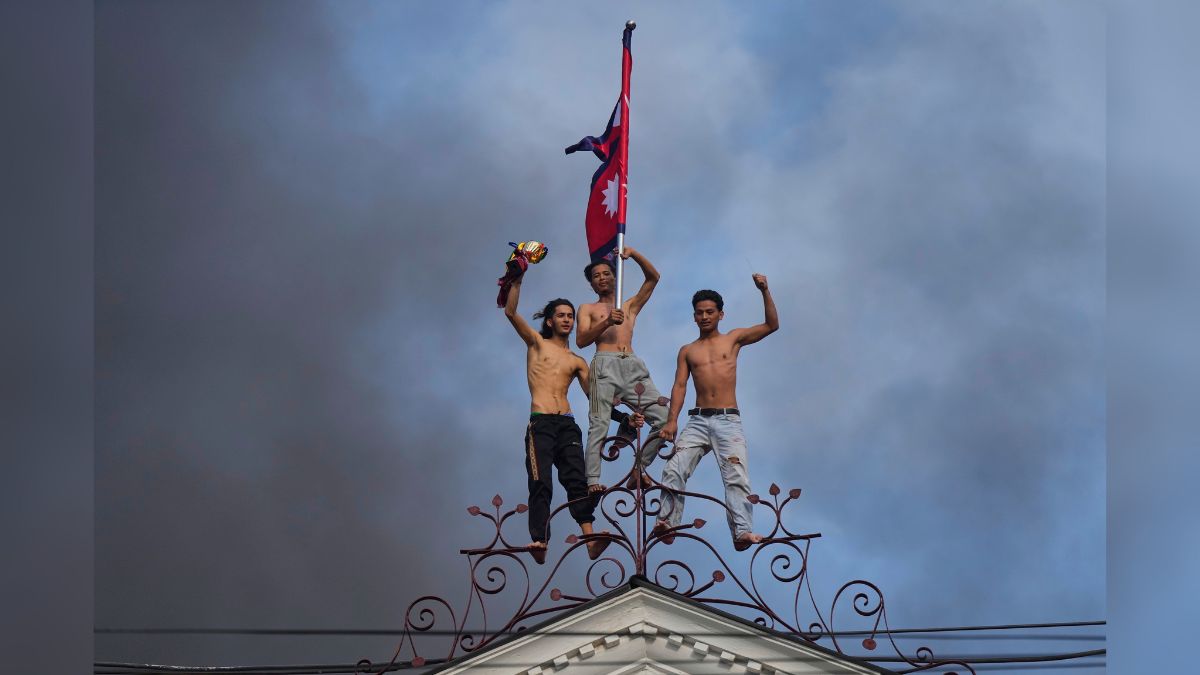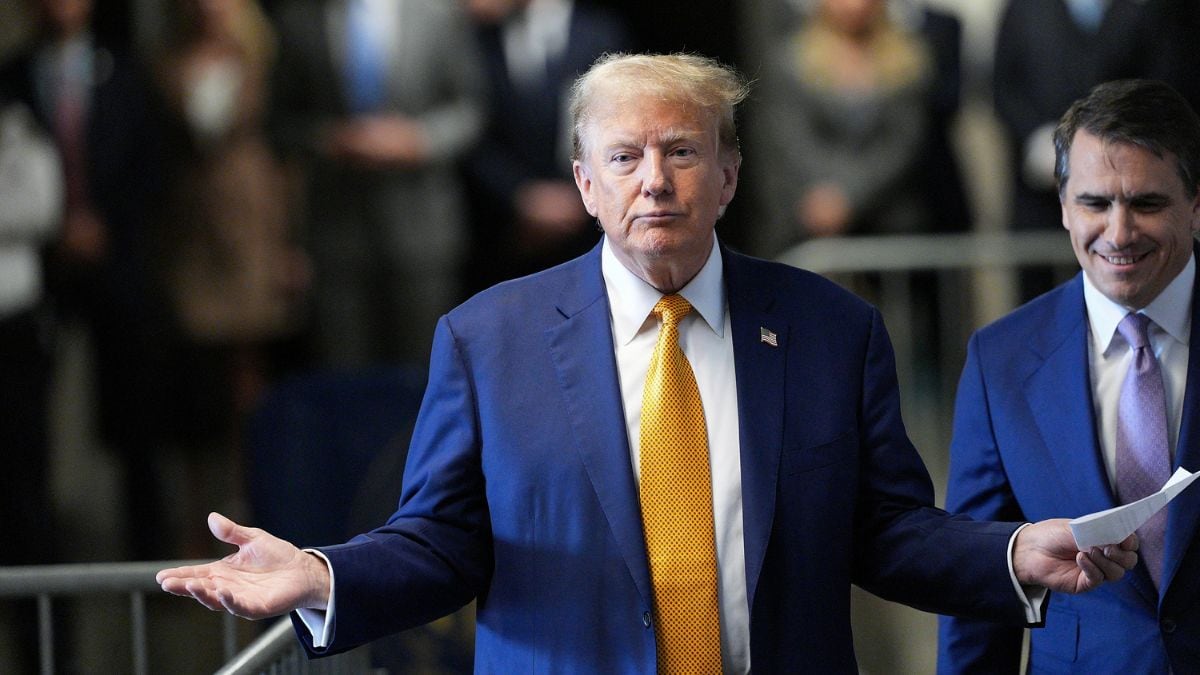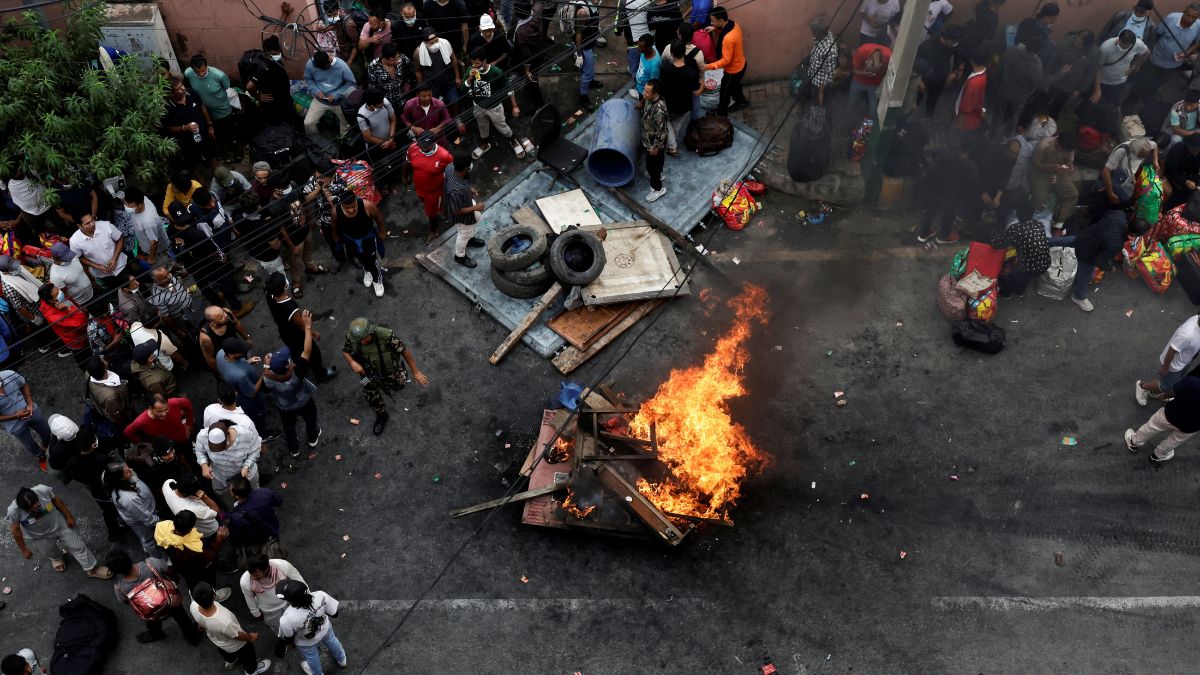The youth of Nepal suspended the Gen Z protests on Wednesday, two days after violent demonstrations led to the death of 30 people, wounded 1,033 and led to the resignation of the country’s Prime Minister K P Sharma Oli. Soon after the protests were called off, around 15 Gen Z representatives met army officials at Bhadrakali base on Thursday morning.
During the meeting with the army, the delegates proposed names for a transitional civilian leadership, including former chief justice Sushila Karki, Kathmandu mayor Balendra Shah, ex-speaker Onsari Gharti Magar, lawyer Om Prakash Aryal, Dr Govinda KC, Brig Gen Prem Shahi, and former chief election commissioner Neel Kantha Upreti, The Times of India reported.
However, the talks reached a stalemate after delegate Raksha Bam walked out, insisting that the country’s army had suggested including businessman Durga Prasai and the Rastriya Swatantra Party in the dialogue.
The power play brewing in Nepal
It is pertinent to note that Parsai has supported restoring the Hindu monarchy and has often led rallies calling for the dissolution of the federal democratic structure. Meanwhile, RSP, a centrist party formed in 2022, has been accused by some youth groups of co-opting anti-corruption slogans while defending the institutional status quo.
After walking out of the meeting, Bam said that the inclusion of the two would undermine the integrity of the movement. “Since the army chief himself labelled them as stakeholders, we believe this undermines the sacrifices made during the Gen Z movement… therefore, we have rejected the proposal and walked out,” he told local reporters.
Meanwhile, initially, the organisers of the protest on Wednesday called for a nationwide clean-up, urging volunteers to “clean the streets, don’t destroy them”. However, they soon withdrew the appeal after the army advised against any form of gathering under the emergency curfew.
Impact Shorts
More ShortsIn light of the protests, Nepal’s army unit continued to maintain checkpoints, broadcast curfew alerts through loudspeakers, and warned citizens of legal action for arson or looting, The Times of India reported.
“We are mainly in the process of controlling elements who are taking advantage of the situation to loot, set fires and cause various incidents,” said army spokesperson Rajaram Basnet. The Tuesday protests were so intense that they saw Singha Durbar and the Supreme Court torched, and brought the army onto the streets under curfew.
The agitation also led to the closure of Tribhuvan International Airport, which resumed operations late Wednesday. Protests in the country began after the government imposed a sweeping social media ban, blocking 26 popular platforms in what it said was a move to counter misinformation. However, the youth of Nepal have been raising voices against corruption in the country for a very long time.
The latest ban acted as a catalyst to the protests, with urban youth viewing it as censorship amid worsening economic frustration and entrenched political nepotism. The ban was quietly lifted late Tuesday, but the mobilisation had already spiralled beyond digital grievances.
As of now, no political party has yet endorsed the protests or demanded the dissolution of the parliament. However, backchannel talks were reportedly underway between former chief justices and Gen Z intermediaries.


)

)
)
)
)
)
)
)
)



